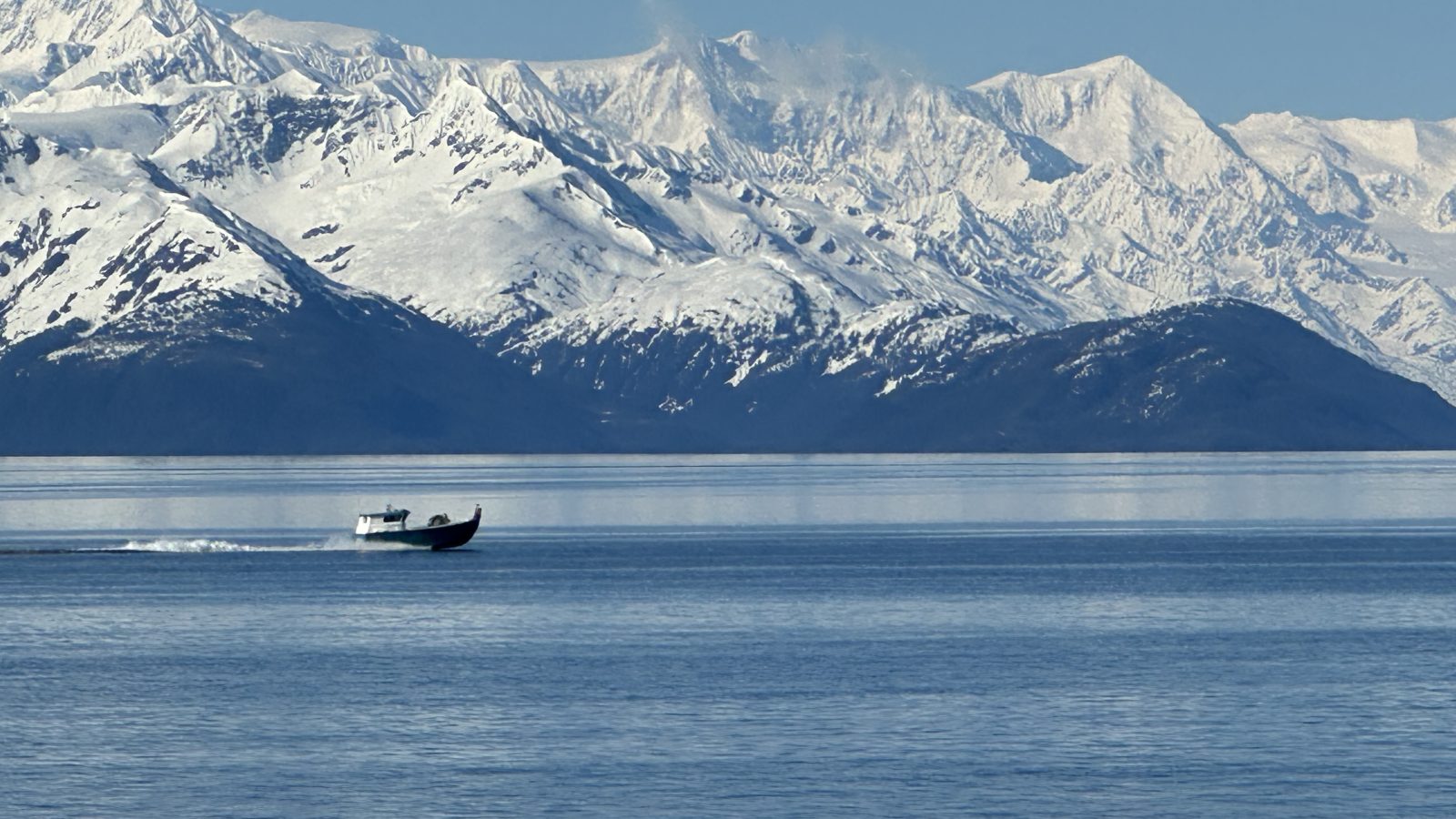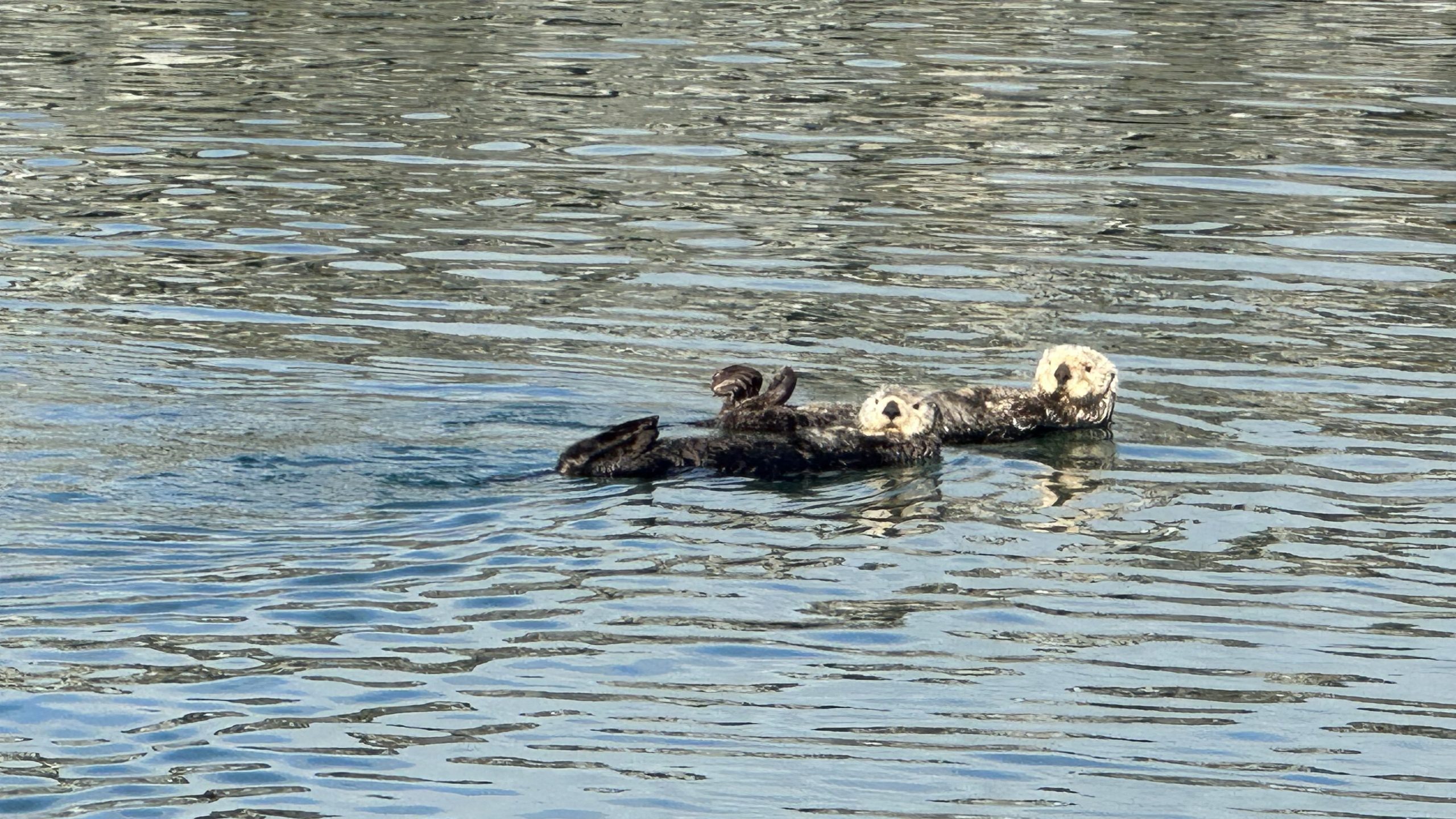
Before May this year, Laurent Journo, a marketing specialist at the U.S. embassy in Paris, knew little about Alaska despite it being an important trading partner for France. He saw the state as a distant, wild, mountainous land with dense forests and rich fauna. After visiting, what has he learned and how have his perceptions changed?
France is the leading export destination in Europe for fish and seafood from the United States, with around 60% of its imports coming from Alaska. Yet despite working as a marketing specialist for USDA’s Foreign Agricultural Service in Paris, I had never visited Alaska to learn about its fishing industry. However, all that changed in May this year. I knew that Alaska’s state constitution prohibits fish farming and was eager to discover more about sustainable fisheries management by meeting the people involved.
I was fortunate to join a group of European media traveling to Alaska as part of a collaboration between the U.S. Sustainability Alliance (USSA) and the Alaska Seafood Marketing Institute (ASMI). Our experience started in Anchorage, Alaska’s largest city. As soon as we arrived, we could see the vastness of the terrain through the airport’s large bay windows, and the snow-topped mountain ranges never left our sight.
However, Alaska offers more than spectacular scenery. It also has a thriving farming industry that is surprisingly diverse, as I discovered when we met local food producers who are all members of Alaska Grown – a program supported by the Alaska Department of Natural Resources Division of Agriculture to promote local farming and food products. While all very different, these producers were all small businesses proud to grow healthy, local products, such as birch syrup, seaweed, and local mushrooms. When subsequently visiting small farms in Palmer, located 68 kilometers northeast of Anchorage, I was amazed to learn that farmers in Alaska can grow giant cabbages and nightshades, such as eggplant and zucchini, without agricultural inputs. The reason is the fertile alluvial soil which enables vegetables to grow quickly.
Our next stop, and the focal point of our trip, was the port of Cordova which, although small, is one of the most important for the wild salmon fishing industry. What I found particularly striking is the natural symbiosis between the different government agencies, the professional associations representing fishermen and distributors, and the scientists, who share a commitment to a sustainable fishing industry. This theme came up time and time again during our trip.

We were fortunate to be on location for the official start of the salmon season and to join in the excitement as the fishermen prepared for the departure of the first boats. However, the highlight of my Alaska trip was undoubtedly a flight on a single-engine plane over the glaciers and the Copper River estuary, where the small fishing boats reeled in their first catch. The strict regulations, such as on the number of authorized catches and the type of equipment and the size of boats the fishermen can use, underscore Alaska’s sustainability commitment. Everyone involved in the industry, particularly the fishermen and processors, is aware of the fragility of natural resources. Scientists and public institutions work closely with fishing industry representatives to maintain the balance dear to every Alaskan, protecting the future of fish populations and marine life. It’s a far cry from the image many Europeans have of fishing in the United States. In addition, the numerous local associations in Alaska highlight the vitality of the fishing economy and Alaska’s commitment to local fisheries. This commitment extends beyond environmental concerns to include economic sustainability and support for an industry that enables communities to earn a living.
Our Alaska adventure ended with a trip to Seattle, home to one of the largest fish markets in the world, to see the first catch of the season being sold to consumers. The number and selection of fresh Alaska fish were astounding, including king salmon and pink salmon, hake and cod, king crabs, and Dungeness crabs. This diversity is another benefit of the state’s commitment to sustainable fisheries management.
I’ve returned to France with vivid memories of Alaska’s majestic landscapes, which inspire respect, and where natural resources have been protected for future generations. This approach should inspire us all and set an example for producers around the world.


